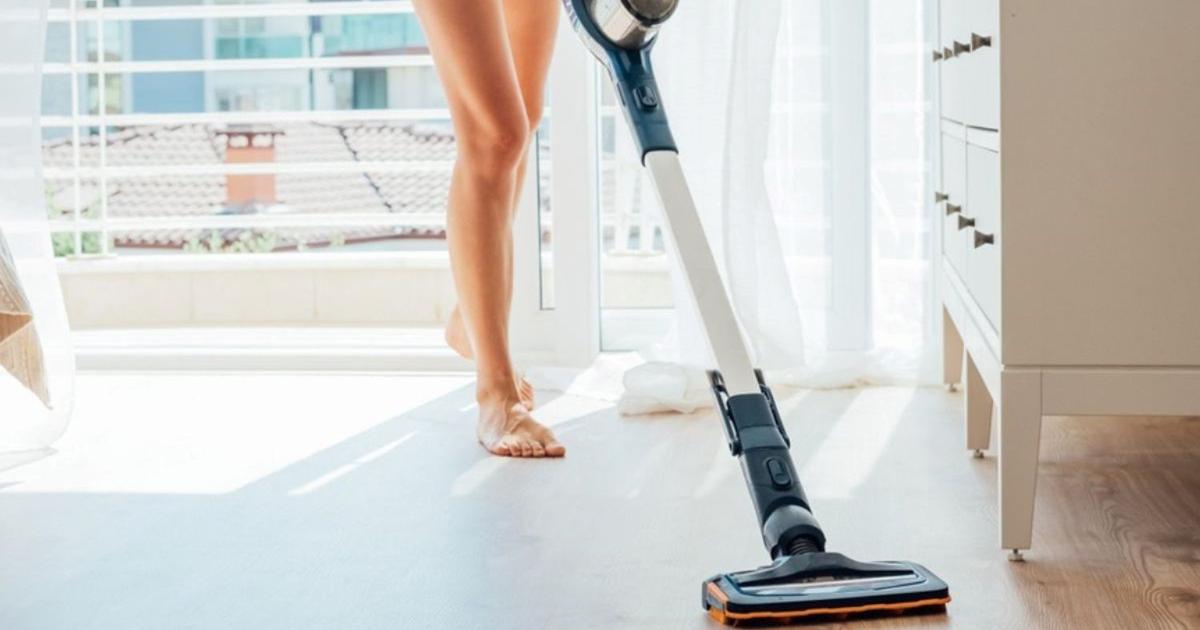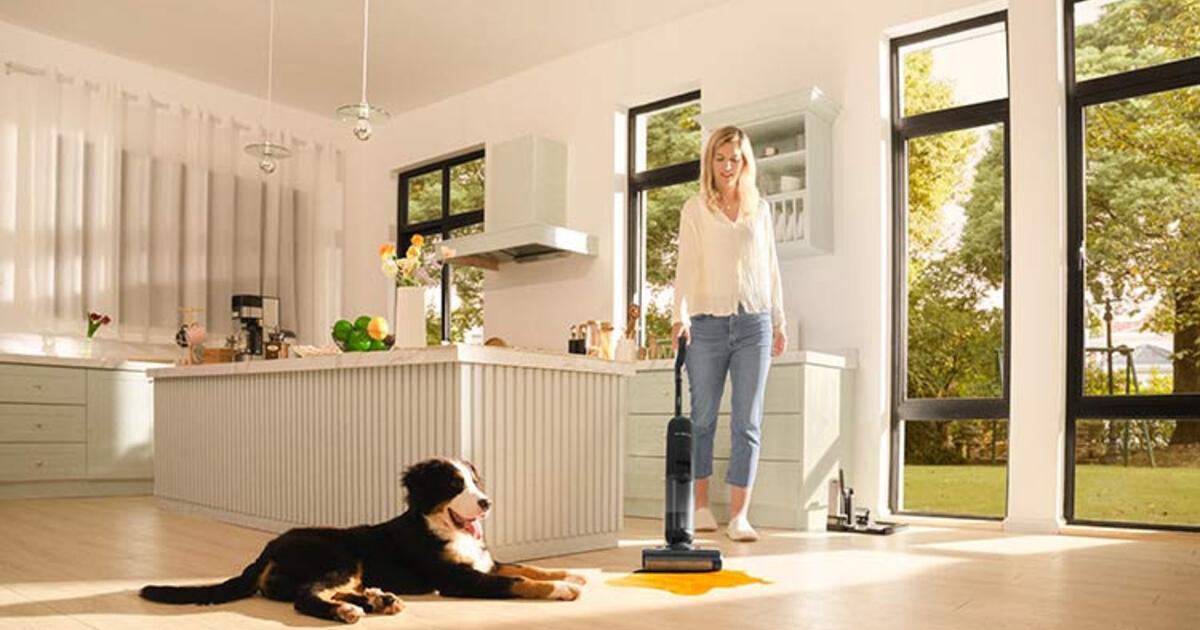Enlarge image
Who does what?
And can it even be fun to draw up a cleaning schedule?
(Symbol image)
Photo: Maskot / Getty Images
Shared apartments have many advantages.
Those who share an apartment or house with others can save rent, scrounge groceries and (almost) always find someone to talk to.
But no matter how harmonious a flat share is, there are often conflicts over one topic: cleanliness.
Because what is a mess for one resident may find his roommate "cozy".
And if the former is constantly cleaning up the latter, sooner or later this inevitably leads to an argument.
The solution is often: a cleaning schedule.
But even these don't help in many cases - and at some point they just hang on the kitchen wall as a constant admonition that they actually wanted to tackle the topic.
Rita Schilke knows how to do it right.
She is the tidying and tidying coach and says: "A cleaning plan can only work if the framework conditions are right." Here she explains what they are.
First requirement: the basic order
There is little that is as demotivating when cleaning as a completely littered apartment.
Because how do you mop the floor when you can't even see it?
Cleaning expert Schilke therefore advises shared apartments to first of all create a certain amount of order in the shared rooms.
In order to give the project a fun factor, she suggests a joint “tidying up party” - but based more on the principle: tidy up first, party second, so don't start with shots.
It could work like this:
All residents: inside see what objects are flying around in the common rooms: tubes or bottles in the shower and over the sink, groceries or Tupperware in the kitchen, umbrellas or jute bags in the hallway.
The central question: Which of these is really still being used by anyone?
Everything that is no longer used (or even broken) is sorted out.
"Either it goes straight to the trash or on a pile to be given away, donated or sold," says Schilke.
Everything that is allowed to stay will be given back.
"In such a way that you have the items at hand when you need them," warns the tidying expert.
The spatula right next to the stove, and the shoehorn next to the shoe rack.
It is important to note that cupboards and drawers should never be completely stuffed, but rather filled to a maximum of 80 percent.
"This is the only way to use, clean and tidy them sensibly," says Schilke.
Once that's done, the fun part follows.
Schilke suggests having dinner together or a trip to the ice cream parlor, and a beer together should also serve the purpose.
Second requirement: common goals - individual preferences
This step also requires the entire flat to come together.
This time, however, is not mucked out, but discussed.
Because in order to create a cleaning plan that everyone adheres to, there must be goals behind it that everyone can agree on, says Schilke.
And every flat share is different.
Therefore, the roommates should find a lowest common denominator for the following questions in the conversation:
How clean and tidy does the apartment have to be?
Which areas are particularly important?
Which tasks definitely have to be done on a regular basis?
In addition, one should talk about personal preferences, advises the tidying up expert.
A cleaning plan might be fair if all residents do the same thing in turn - but it is more effective if everyone is allowed to do what they like to do.
"Some people like to put the dishwasher in and out, but hates hanging up laundry," says Schilke.
Such likes and dislikes should be included in the cleaning schedule.
It is important, however, that the time required for the tasks is comparable.
Third requirement: clear responsibilities
Now the respective tasks and time intervals are set out in writing.
This can be on a piece of paper, on a pin board or in a shared Excel spreadsheet.
"But no matter how the cleaning plan is designed: It must be clear from it who is responsible for what and when," says Schilke.
Instead of just "bathroom", you write in the appropriate column what the task involves, for example: "clean the toilet, wash the sink, empty the hair strainer".
And instead of calendar weeks or even months, it is better to name specific dates - then nobody has to start the discussion as to whether a week actually ends on Friday or Sunday.
Fourth requirement: quality control
Even the greatest plan is of course useless if it fails due to reality.
Cleaning expert Schilke therefore recommends checking after six months at the latest whether the cleaning plan really works: "To do this, all roommates sit down together again and discuss how satisfied or dissatisfied they are." Is the dishwasher service perhaps more work than you thought?
Should the bathroom manager also get the toilet paper?
With this knowledge, the plan can be adjusted again - and is thus finally perfect.









